Canada is renowned for its vast wilderness, picturesque lakes, and towering mountain ranges, but its islands often remain overshadowed. With over 30,000 islands scattered across its coastlines and inland lakes, the country is home to some of the most stunning and lesser-known island gems. These hidden island retreats are where rugged beauty, wildlife encounters, and peaceful seclusion converge in truly unforgettable ways.
Quadra Island, British Columbia
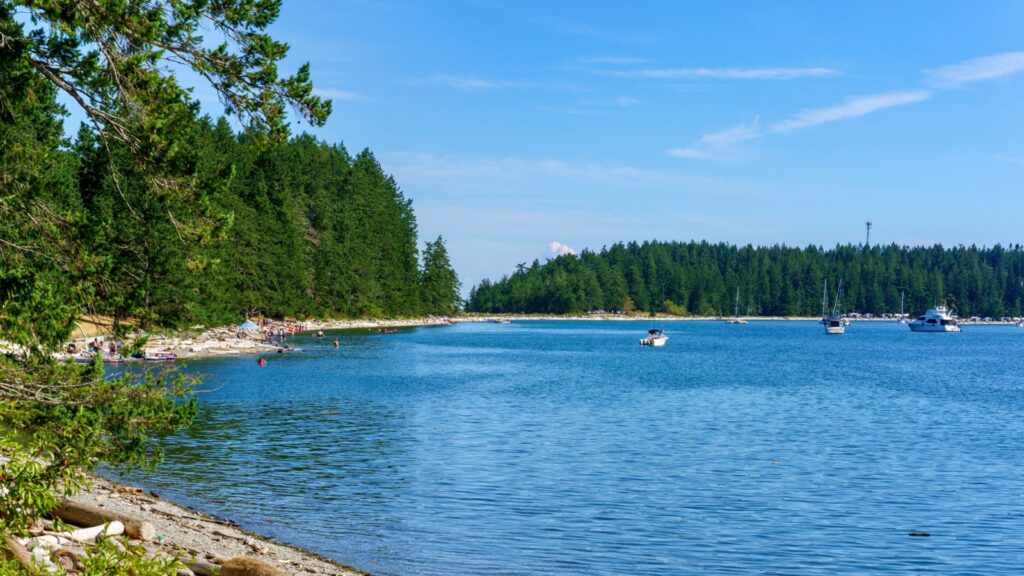
Situated between Vancouver Island and the mainland, Quadra Island offers a laid-back West Coast charm with deep Indigenous roots. It’s a haven for nature lovers, offering scenic hiking trails, kayaking routes, and abundant wildlife such as bald eagles and sea lions. Despite its accessibility, many Canadians have yet to explore its rich culture and lush forests. The island is also known for its vibrant arts community and serene atmosphere
Manitoulin Island, Ontario

While it’s the world’s largest freshwater island, Manitoulin still remains a mystery to many Canadians. Located in Lake Huron, this island is steeped in Anishinaabe heritage and offers tranquil beaches, waterfalls, and spiritual hiking experiences. The island hosts traditional pow wows and features Indigenous-led tourism, allowing visitors to connect deeply with Canada’s cultural fabric.
Haida Gwaii, British Columbia
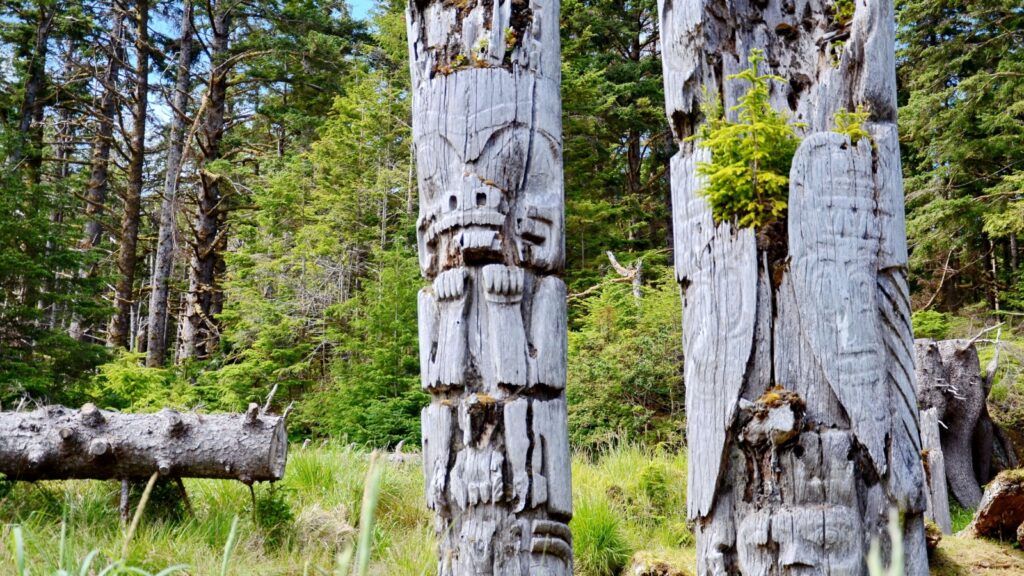
Once known as the Queen Charlotte Islands, Haida Gwaii is an isolated archipelago rich in Haida culture and natural splendor. Towering moss-covered trees, ancient totem poles, and untamed beaches offer a mystical and humbling experience. Few Canadians venture this far northwest, but those who do are rewarded with a journey through time and nature. The islands also serve as a vital habitat for unique species found nowhere else in the world.
Georgian Bay Islands, Ontario
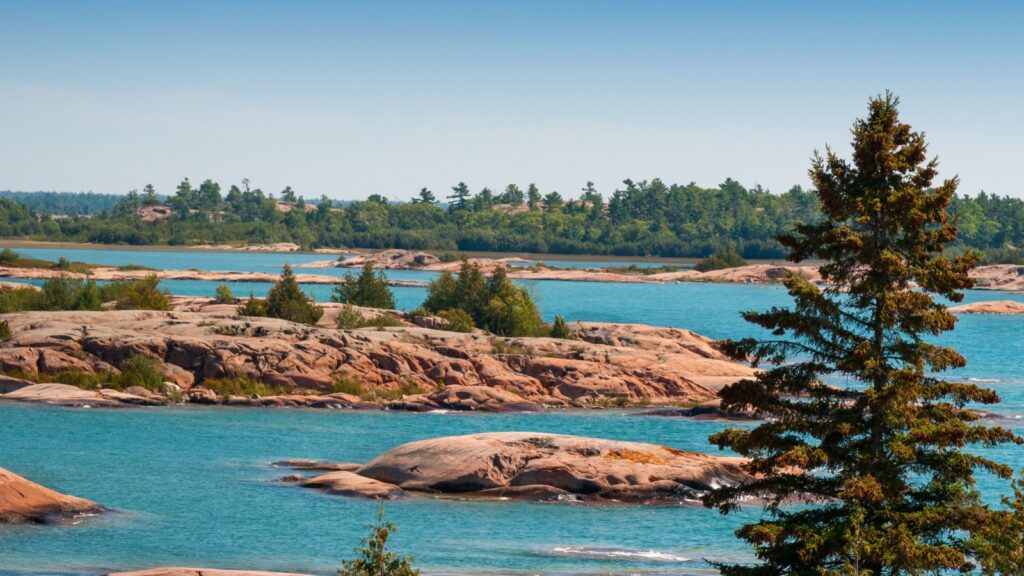
Part of Georgian Bay Islands National Park, these small granite islands offer windswept pines, crystal-clear water, and pristine hiking trails. Accessible only by boat, they’re rarely crowded and often skipped in favor of more prominent Ontario destinations. However, their rugged beauty inspired Group of Seven painters and continues to draw the quietly adventurous. It’s the perfect spot for camping under starlit skies and paddling between secluded shores.
Sable Island, Nova Scotia

Famous for its wild horses and haunting fogs, Sable Island is one of Canada’s most remote and mysterious places. Situated in the Atlantic Ocean, the crescent-shaped island is known for shipwrecks, sand dunes, and wildlife, including the world’s largest breeding colony of grey seals. Despite its dramatic allure, visiting the island requires permits and specialized transportation, keeping it largely undiscovered. Those who make the journey often describe it as otherworldly.
Fogo Island, Newfoundland and Labrador
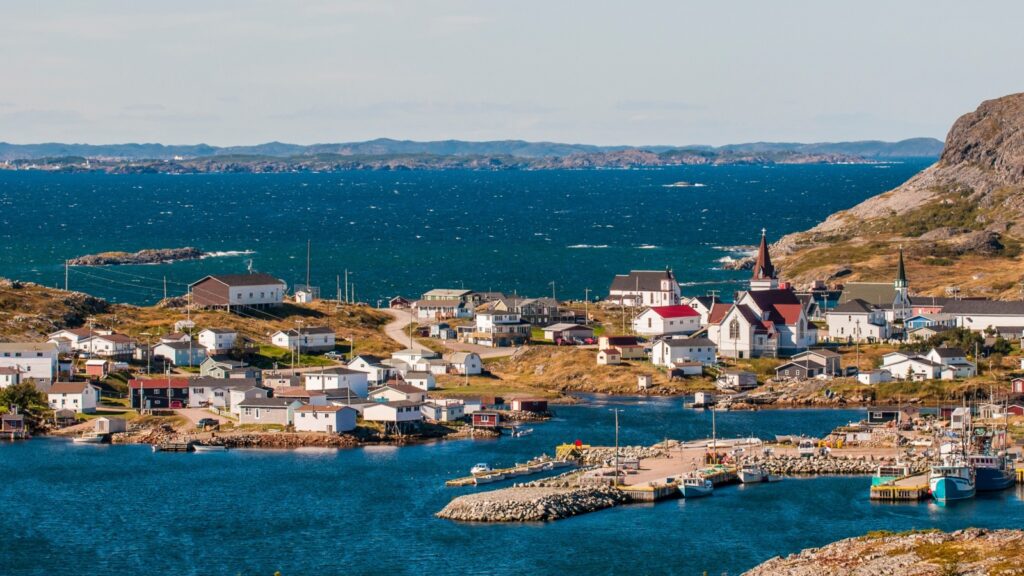
Though gaining attention in recent years for its modern architecture and cultural initiatives, Fogo Island remains a place most Canadians have never set foot on. The island combines rugged coastline with artistic expression, including a luxury inn and a network of striking studios for artists-in-residence. Visitors can expect icebergs, caribou, and strong community ties in this once-isolated fishing outpost. Its blend of raw nature and intellectual stimulation makes it unique in the Atlantic region.
Hornby Island, British Columbia
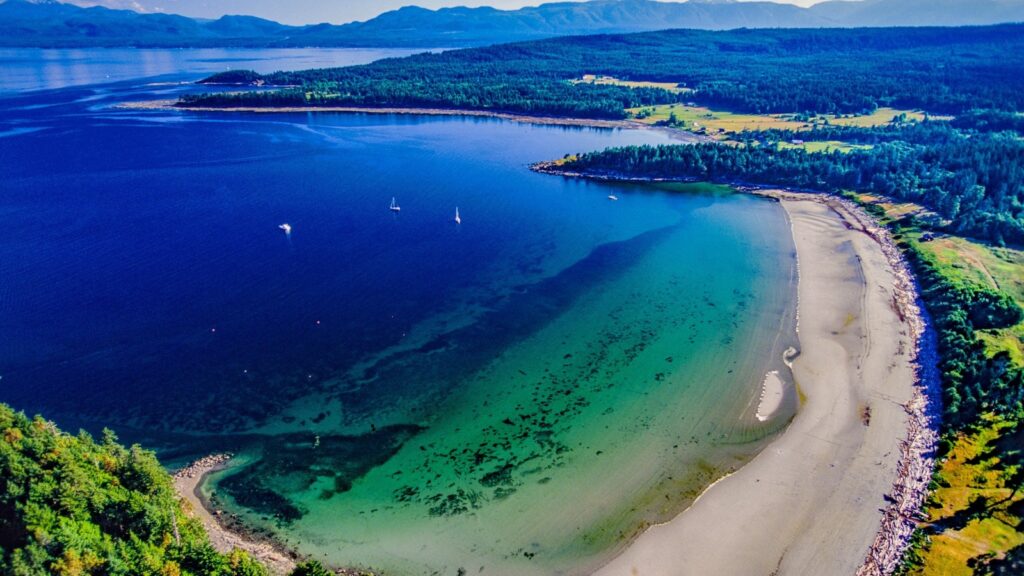
A peaceful alternative to more crowded Gulf Islands, Hornby Island is known for its sandy beaches, arbutus groves, and Bohemian vibe. The island’s Tribune Bay is often compared to tropical destinations thanks to its turquoise waters. Despite its beauty, it remains relatively quiet due to its multiple ferry connections. It’s a favorite for artists, yogis, and those seeking a slower pace of life.
Campobello Island, New Brunswick
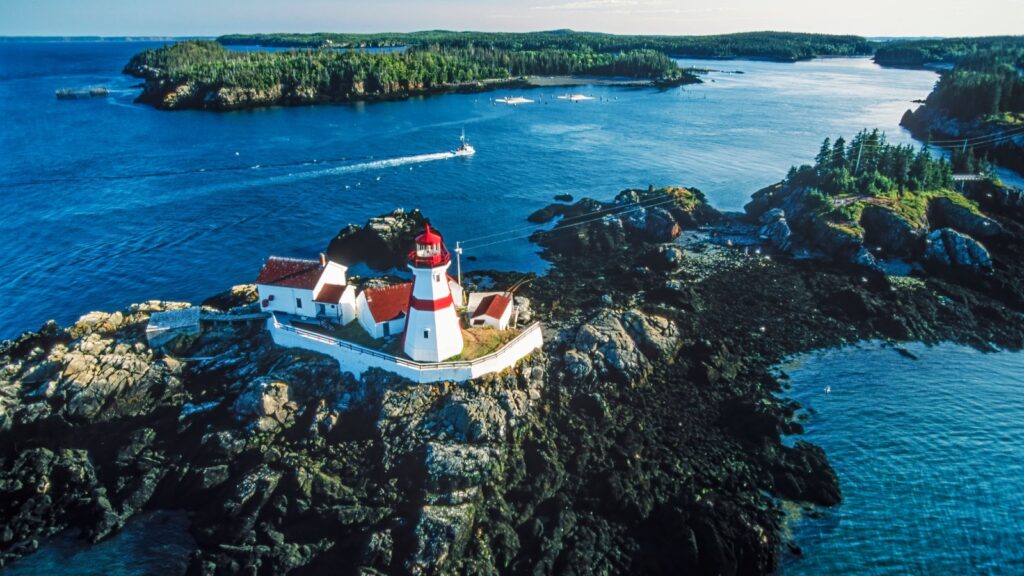
Just off the coast of Maine but very much part of Canada, Campobello Island is best known for being the summer home of Franklin D. Roosevelt. Beyond its historical ties, the island features scenic trails, rugged cliffs, and panoramic ocean views. The Roosevelt Campobello International Park is a highlight, but most Canadians skip over this gem in favor of larger Maritime islands. It’s a serene, history-rich escape from the hustle of the mainland.
Pelee Island, Ontario
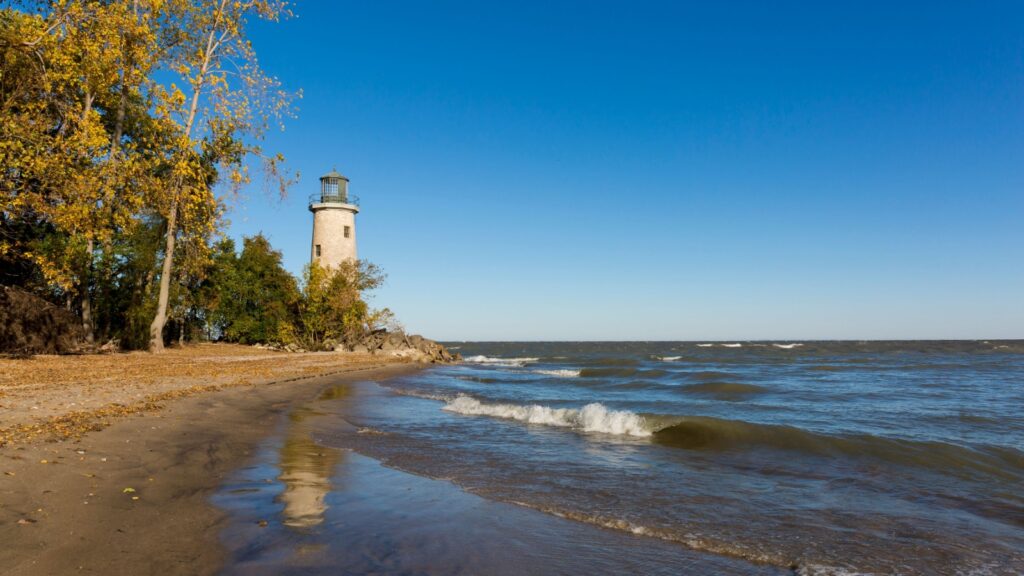
Located in Lake Erie, Pelee Island is Canada’s southernmost inhabited island and has a subtropical feel that’s rare in Canada. It boasts vineyards, biking trails, and bird-watching hotspots, especially during migration season. Despite its appeal, many Ontarians haven’t ventured here, perhaps due to its seasonal ferry access. It’s a must-visit for those who crave warm breezes and a dose of island wine culture.
Îles de la Madeleine, Quebec
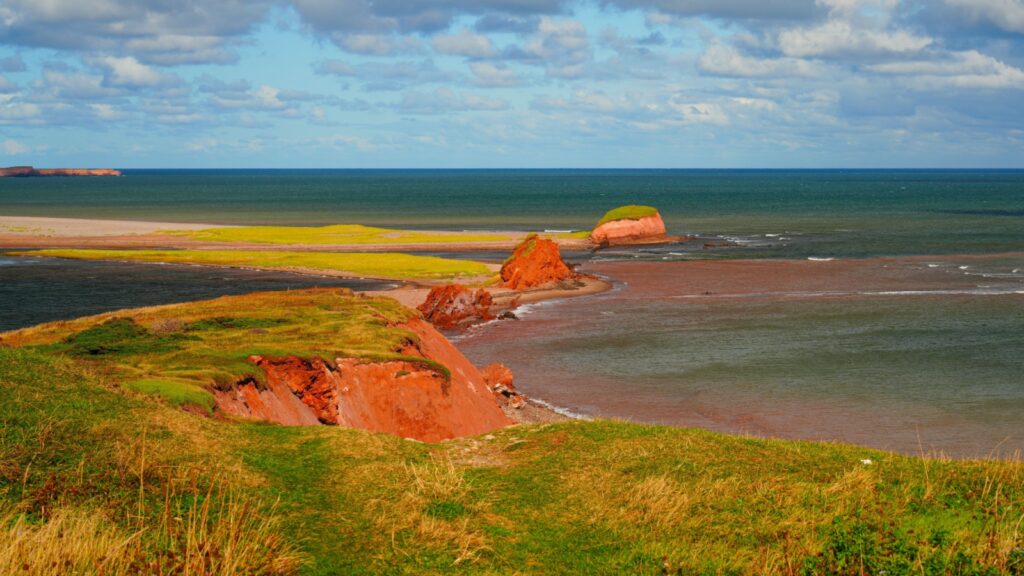
Floating in the Gulf of St. Lawrence, these red-cliffed islands offer windswept dunes, French-Acadian culture, and unique cuisine. The islands have a distinct identity and dialect, setting them apart from mainland Quebec. They are difficult to reach, which helps preserve their untouched charm and makes them an exotic destination for domestic travelers. Expect kitesurfing, seal watching, and warm hospitality in a truly bilingual setting.
Lasqueti Island, British Columbia
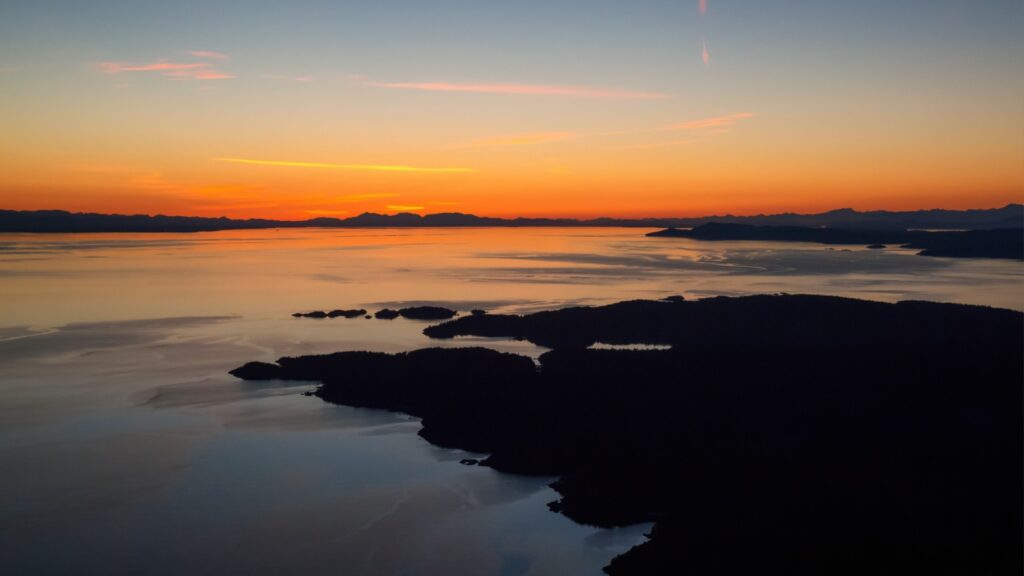
Lasqueti Island is off-grid and fiercely independent, drawing a small population of artists, farmers, and free spirits. There’s no public power supply, and internet access is spotty at best, making it an intentional step away from modernity. With stunning coastal views and mossy forests, it’s a paradise for those who value quiet and self-reliance. Many Canadians have never heard of Lasqueti, much less considered visiting.
South Bass Island, Ontario (Middle Sister)
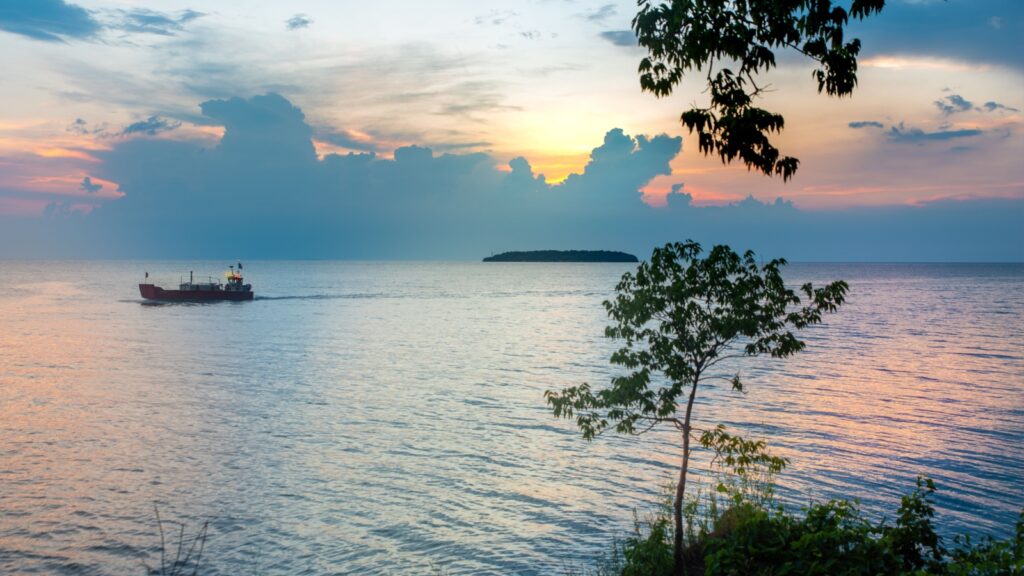
While South Bass Island in Ohio gets all the attention, Canada’s nearby Middle Sister Island remains wild and uninhabited. Part of a trio of “sister” islands in Lake Erie, it offers dense forests and undisturbed ecosystems. Its ecological importance means it’s protected and not open for typical tourism, which adds to its mystique. Most Canadians are unaware that this intriguing piece of land even exists in their borders.
The Brothers Islands, British Columbia
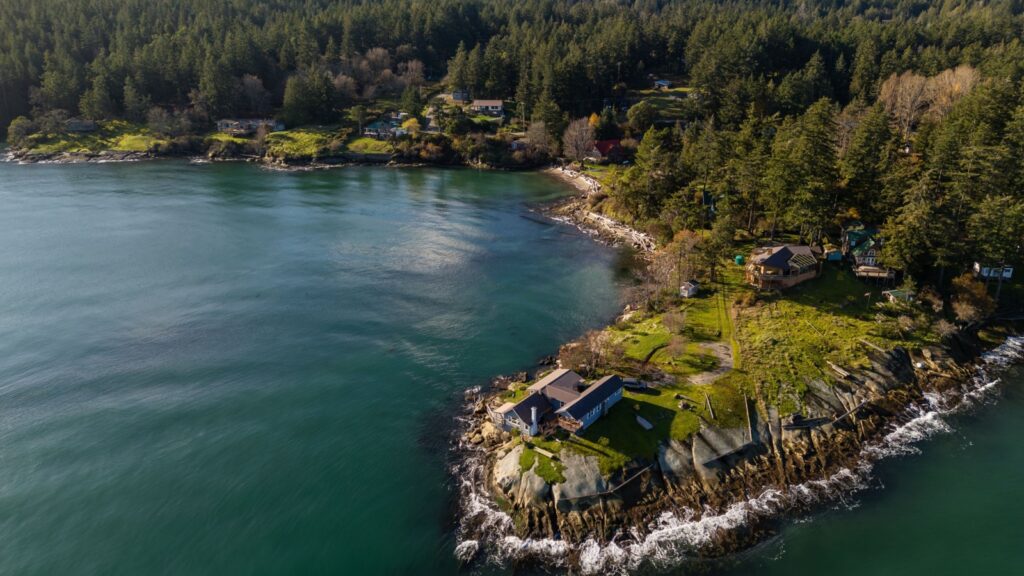
Located in the Strait of Georgia, these tiny islets are known for their role in marine conservation. Often used for scientific observation, they are home to seabirds and harbor seals. Though inaccessible to most, their presence enriches the coastal biodiversity of BC. Few people realize how much ecological significance these specks of land hold.
Beausoleil Island, Ontario
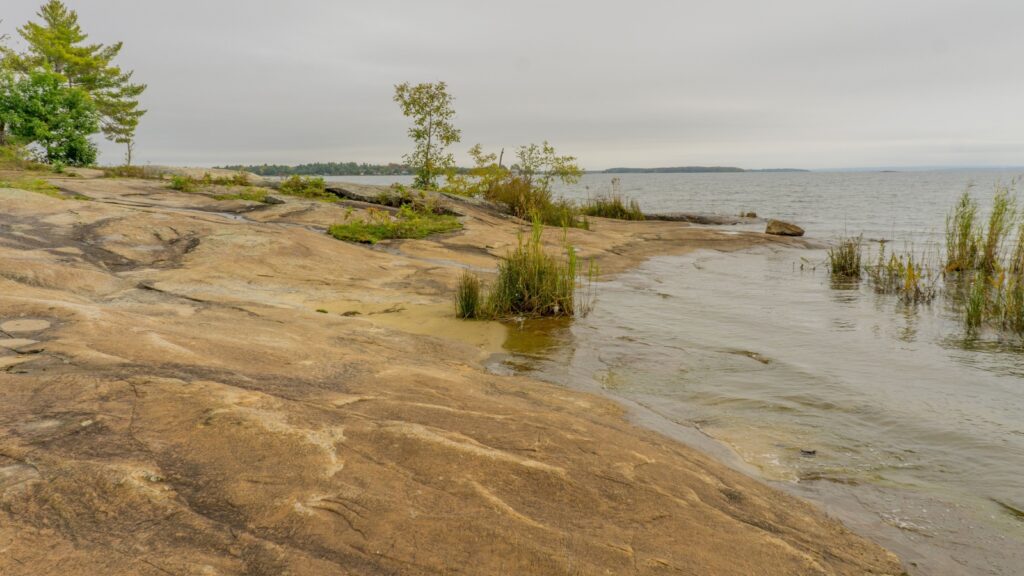
Part of Georgian Bay Islands National Park, Beausoleil Island is rich with archaeological history and natural beauty. It features mixed forests, granite ridges, and numerous trails suited for all ages. Ancestral lands of the Anishinaabe people, it carries both cultural and environmental significance. Despite being a ferry ride away from the mainland, it’s often bypassed by Ontario travelers.
Green Island, Newfoundland and Labrador
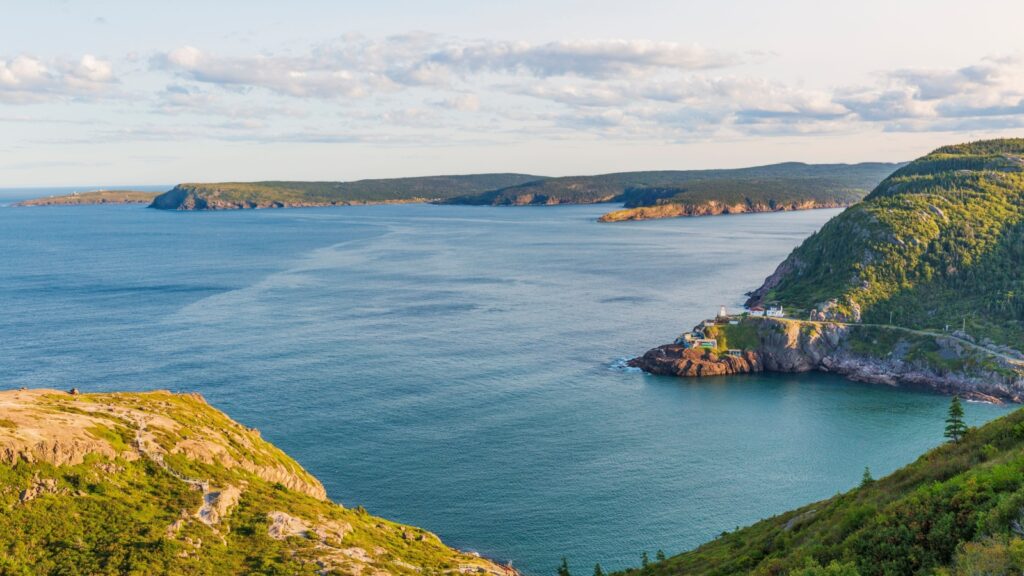
Located off the Burin Peninsula, Green Island is home to one of the oldest lighthouses in Newfoundland, still operating today. The island’s isolation adds to its charm, surrounded by jagged cliffs and dramatic seascapes. Accessible only by boat, it’s a rewarding destination for maritime history buffs. The rugged beauty and storied past make it a treasure few have discovered.
Gambier Island, British Columbia

Despite being just a short distance from Vancouver, Gambier Island remains a quiet sanctuary. It has no central town and limited development, making it ideal for hiking, kayaking, and unplugged retreats. The island is a patchwork of forested hills and coves, perfect for weekend adventurers. Its obscurity adds to its peaceful, almost forgotten atmosphere.
East Point Island, Prince Edward Island
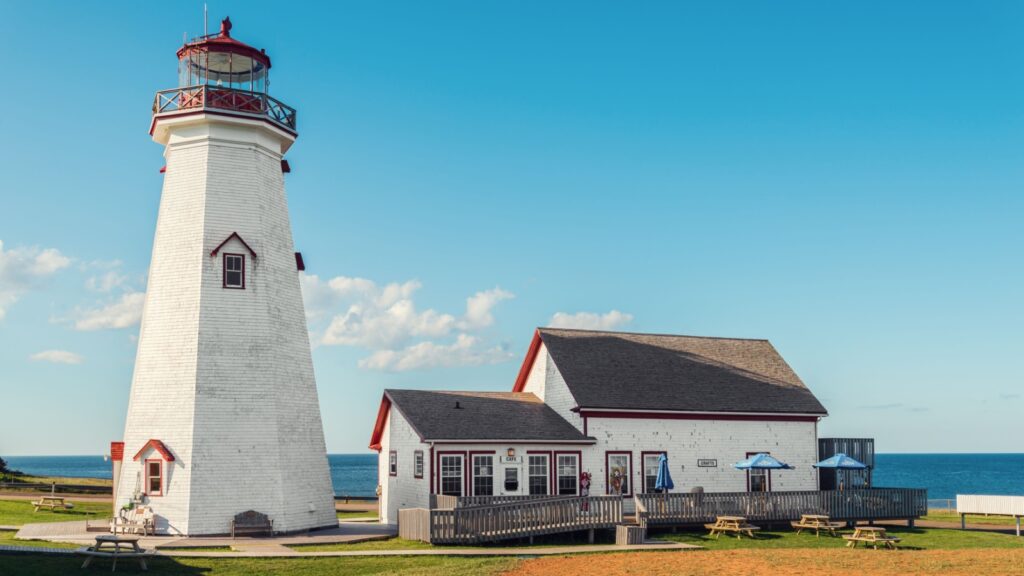
Located at the easternmost tip of PEI, this little-known island is more of a geographic curiosity than a tourism hub. It offers dramatic cliffs, crashing surf, and a picturesque lighthouse watching over the Northumberland Strait. It’s one of the few places on PEI where you’ll find rugged beauty rather than manicured farmland. Often overshadowed by Charlottetown and Cavendish, this eastern tip is a serene hidden gem.
Reed Island, British Columbia
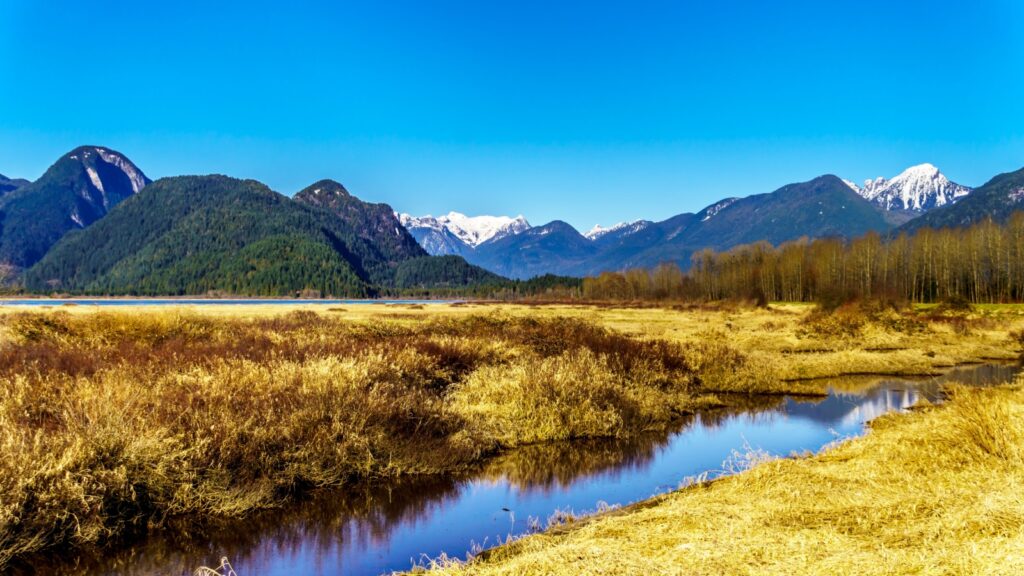
Tucked away in the Discovery Islands, Reed Island is small, private, and enveloped in old-growth forests. It’s home to rustic cabins and sustainable living communities that cherish their privacy. With no stores or roads, it demands a commitment to simplicity and immersion in nature. Canadians looking to unplug entirely might find their paradise here.
Michipicoten Island, Ontario
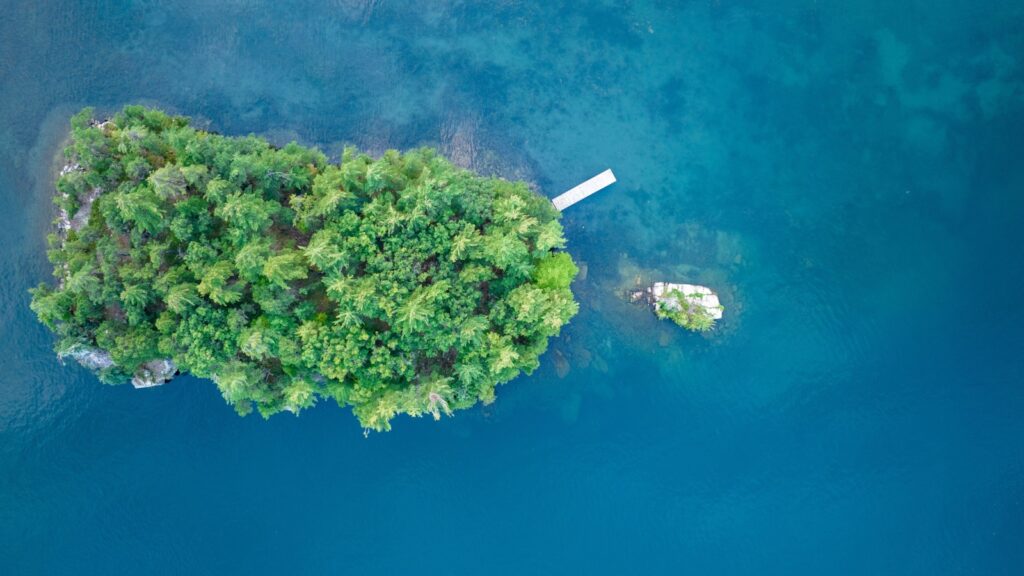
Located in Lake Superior, Michipicoten Island is rugged, remote, and often forgotten. The island features dense boreal forests, caribou, and stunning rock formations along the shoreline. It’s part of a provincial park and sees very few visitors each year. Those who make it there find a wilderness experience that’s as raw as Canada gets.
Harbour Island, Nova Scotia
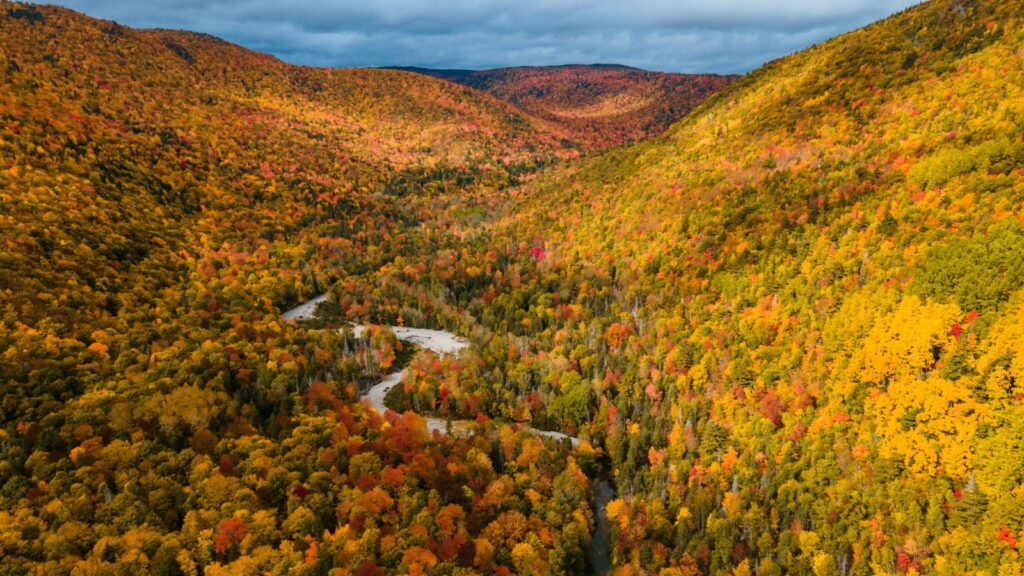
Near the mouth of St. Margarets Bay, Harbour Island is a private island with a deep colonial history. It’s not accessible to the public, but its scenic views and rich past make it notable. The island has long been a spot for writers and artists seeking creative seclusion. Most Canadians know little of it, yet it plays a quiet role in Nova Scotia’s artistic landscape.
Shediac Island, New Brunswick
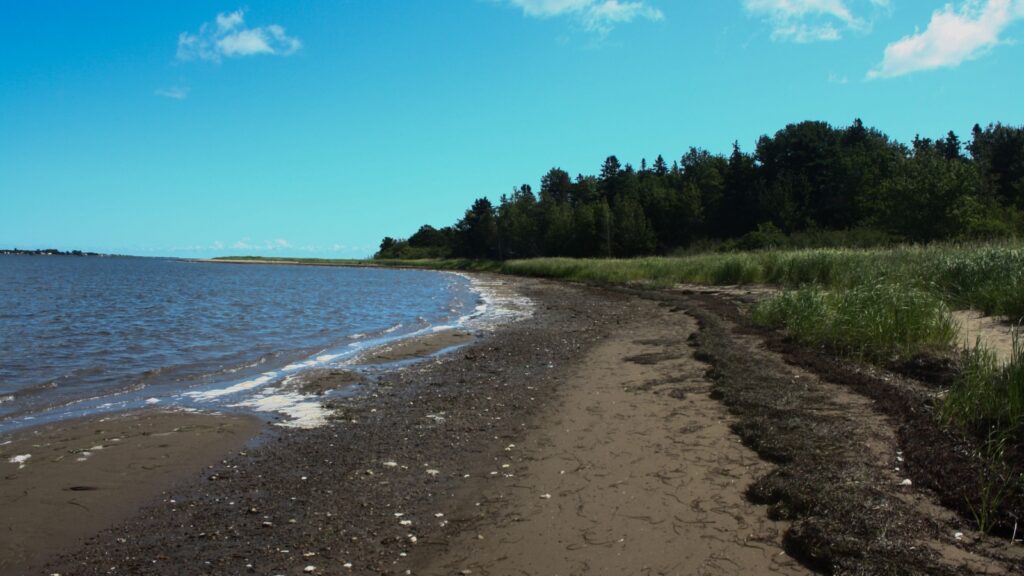
Just off the coast near the lobster capital of Canada, Shediac Island is more than a culinary side note. It features sandy shores, tidal pools, and rustic vacation cottages that seem untouched by time. The island is small but charming, perfect for low-key exploration and seafood indulgence. It’s a well-kept secret among locals and rarely promoted in mainstream tourism.
Nootka Island, British Columbia

This remote island off the west coast of Vancouver Island is legendary for its kayaking, surfing, and cultural history. It was a site of early contact between Europeans and Indigenous peoples, and today it remains steeped in both wilderness and story. The Nootka Trail is one of Canada’s most challenging and scenic hikes. Yet despite all this, the island remains a mystery to many Canadians.
Ram Island, Ontario
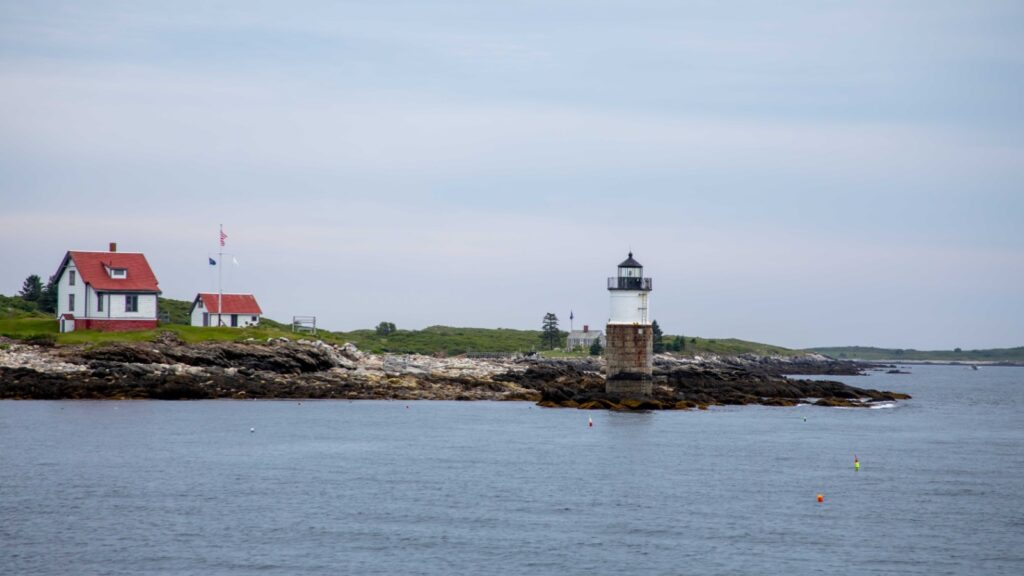
Situated in the Thousand Islands region, Ram Island is private, heavily wooded, and known primarily to locals. It’s the kind of place you stumble upon in a boat, marvel at, and never forget. While most visitors stick to the larger islands like Wolfe or Howe, Ram remains an elusive gem and its natural appeal lies in its small-scale beauty and mystery.
Tancook Island, Nova Scotia
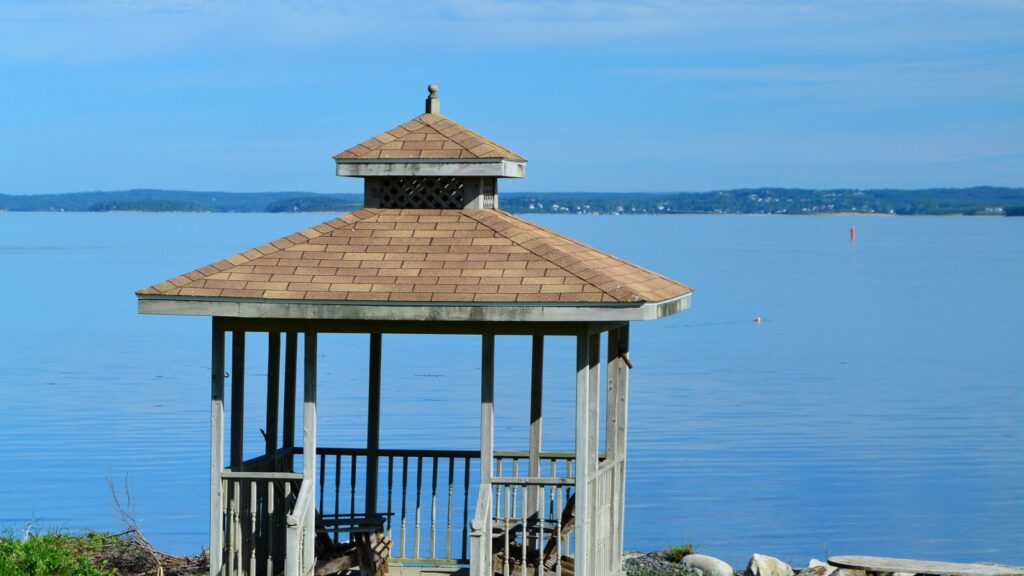
Located in Mahone Bay, Big Tancook Island is one of the few easily accessible islands in Nova Scotia that remains largely undeveloped. With a population of fewer than 150, the island offers scenic walks, welcoming locals, and panoramic sea views. The daily ferry ride from Chester makes it an easy yet unfrequented day trip. It’s an authentic Atlantic island experience that quietly resists modern tourism trends.